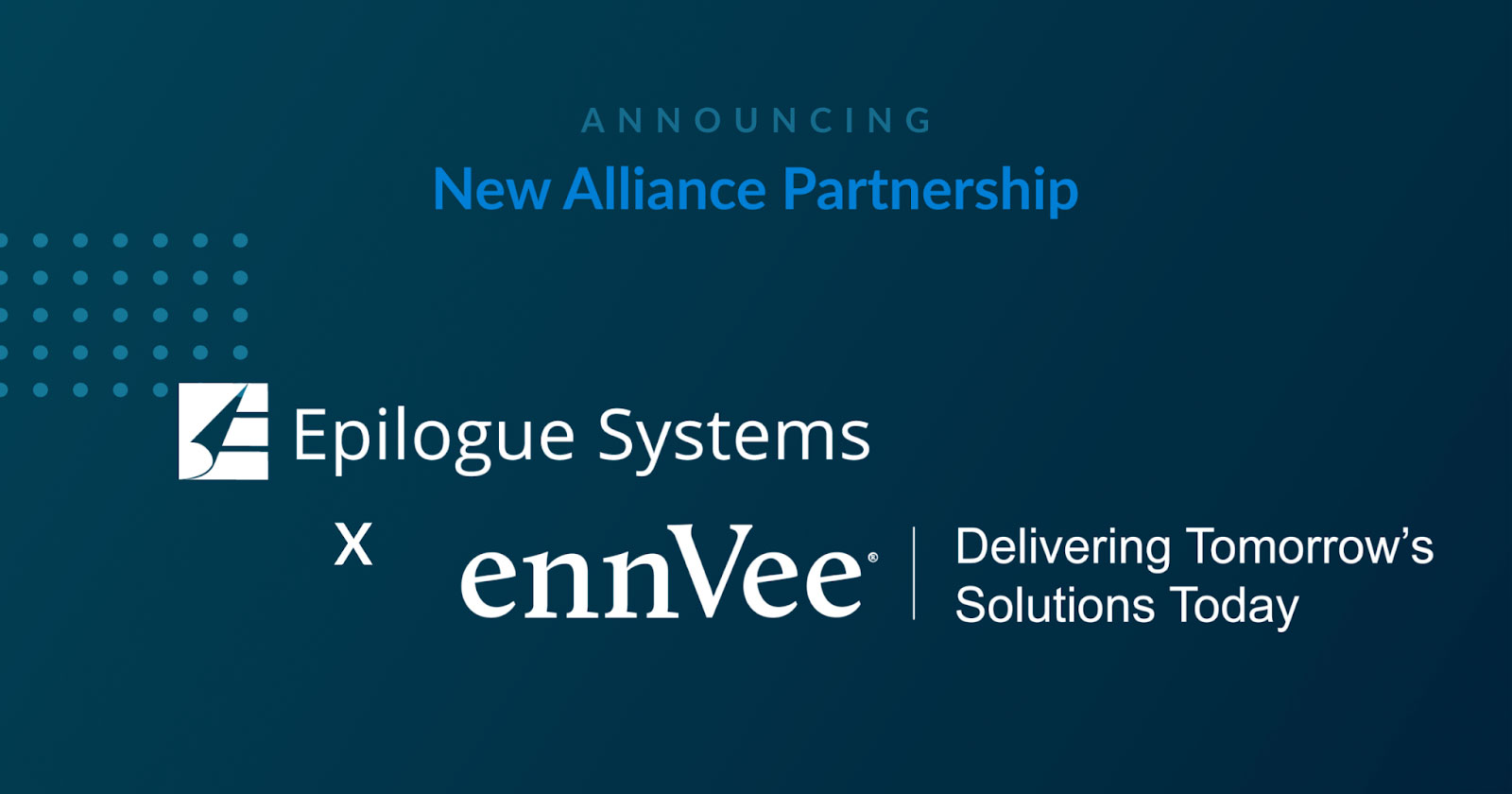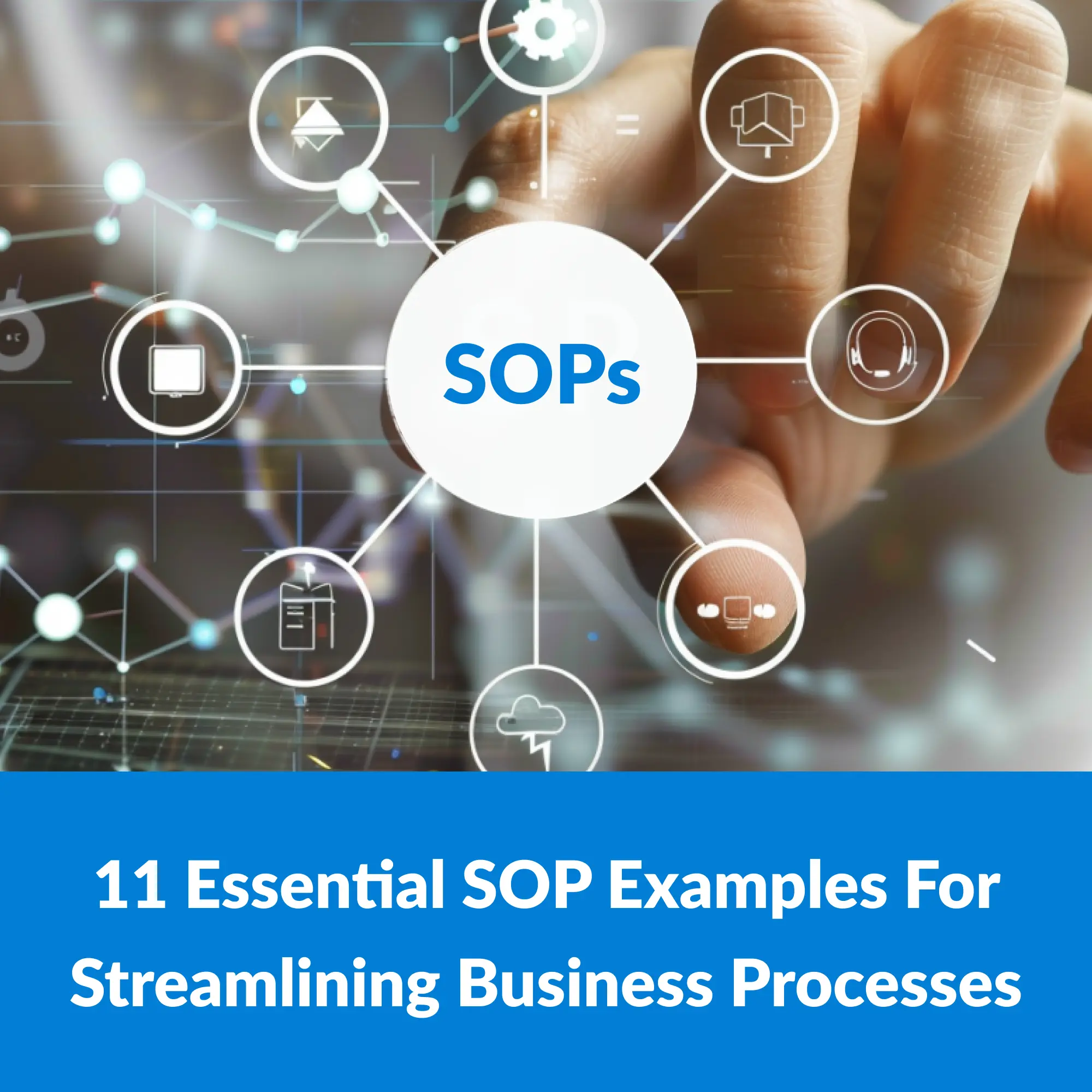
Whether you’re counting your steps on your watch or learning a new language on your smartphone, you’re probably engaged in some sort of gamification on a daily basis. Gamification is the process of applying components that are similar to games to a mundane task. The purpose of this technique is to make the learning experience or the process of completing a task feel more entertaining and rewarding for the person who’s engaged in it.
With the popularity of gaming apps and systems in everyday life, it’s no wonder companies and corporations are exploring this technique. About 67% of U.S. households play games, and the average person who plays usually engages with these games for about eight hours every week.
Statistics like these have encouraged more employers to use gamification in their onboarding processes and metrics, training techniques, and employee assessments. The popularity of gaming has also driven more companies to use gamification techniques in their marketing, products, or services. In fact, over 50% of organizations managing innovation processes have integrated gaming technologies into one or more of their strategies. Meanwhile, a great many startups focus on providing gamification as a service. The beauty of this technique is that it can be used in many different industries, including accounting, sports, retail, and more.
How Does Gamification Work?
Gamification strategies can be used to achieve different goals, but these techniques are most effectively employed in learning. Mundane tasks or complex concepts are more easily achievable, entertaining, manageable, and rewarding when progress tracking and other gamification strategies are used to teach and complete them.
By employing interactive social aspects, gamification can also keep users engaged and motivated. Humans are social and competitive creatures, so by allowing users to engage with each other, sometimes working together toward a common goal, it’s easier to keep learners engaged and focused. Some gamification strategies even involve teamwork to keep users motivated, such as project management systems and productivity acceleration platforms.
People just want to know that they’re doing a good job. Gamification rewards systems can motivate users to reach an end-goal or to focus on completing a task sufficiently. Duolingo is a program that takes on the huge and daunting task of learning a foreign language by motivating the user to make progress through different lessons. Gamification techniques, such as using progress bars or “levels,” make the learner feel they’re advancing through the game. It also breaks up the big lesson of learning a new foreign language into smaller and more digestible steps.
Gamification Rewards Systems
Gamification e-learning tools and other strategies are gaining popularity due to their proven effectiveness. According to a study published in Computers in Human Behavior, gamification strategies that included elements like leaderboards, badges, and performance graphs increased user motivation and engagement. Website building company DevHub used gamification to increase the number of people who successfully use its service from 10% to 80%.
Gamification rewards systems are an important component of a game because they make users feel more rewarded for their progress. When users gain satisfaction from the game, they’re more likely to keep playing, keep learning, and keep progressing. According to the study from Computers in Human Behavior, there are several different types of rewards systems that can be used in gamification, including:
- Points.
- Badges.
- Leaderboards.
- Performance graphs.
- Narrative or meaningful stories.
- Avatars.
- Teammates.
There are different theories as to why humans find these gamification rewards systems so satisfying. It may be due to our need to feel competent and the competency that is felt when achieving a new “level.” Another theory is that our need for autonomy is what motivates us to continue gaming due to a rewards system. The freedom to make our own decisions and the meaningfulness attached to the tasks within a game can be what pushes us to continue playing and learning.
When these gamification systems are designed to include teams or socialization, the motivation to achieve may be fueled by the need to relate on a social level. A feeling of belonging, attachment to other human beings, and caring for the rest of the teammates in the group may be the motivational factor in this psychological theory of gamification rewards systems.
Gamified E-Learning Tools
There are many ways to incorporate gamified e-learning tools into a company structure. Using aspects of gamification in daily tasks can keep employees motivated, focused on teamwork, and excited to learn new skills. Some of the best ways employers can use these effective gamification techniques include the following:
- Employee training: Developing e-learning courses that are gamified may help employees stay more focused on understanding the processes and procedures of the company. In-depth and complex concepts that are broken down into levels, and quizzes after each course that earn the user “points,” can help keep users engaged.
- Onboarding processes: During the onboarding process, a new employee must learn about the company, including its rules and regulations, benefits, structure, and the tasks he or she is responsible for. By gamifying onboarding processes, a new employee can have a clearer understanding of the tasks that must be completed, such as signing up for an insurance plan or completing an employee profile.
- Productivity tools: Productivity systems are helpful for teamwork and to keep employees motivated. Segmenting a large project into smaller tasks, or “levels,” can also make it easier for employees to know what they’re responsible for completing. Additionally, gamified project management systems can keep employees focused and motivated by teamwork.
- Skills assessments: A boring skills assessment questionnaire can come to life and keep an employee engaged if it uses simple gamification techniques. Badges or other task completion graphics for online skills assessment tasks can keep employees motivated as they move through the assessment.
Gamification is not a new technique, but with advancements in technology, harnessing the power of this effective strategy is even easier for employers. By implementing gamification points systems and other rewards programs into e-learning, productivity assessments, and onboarding processes, employers can keep their workers engaged and motivated to learn, grow, and achieve goals.





